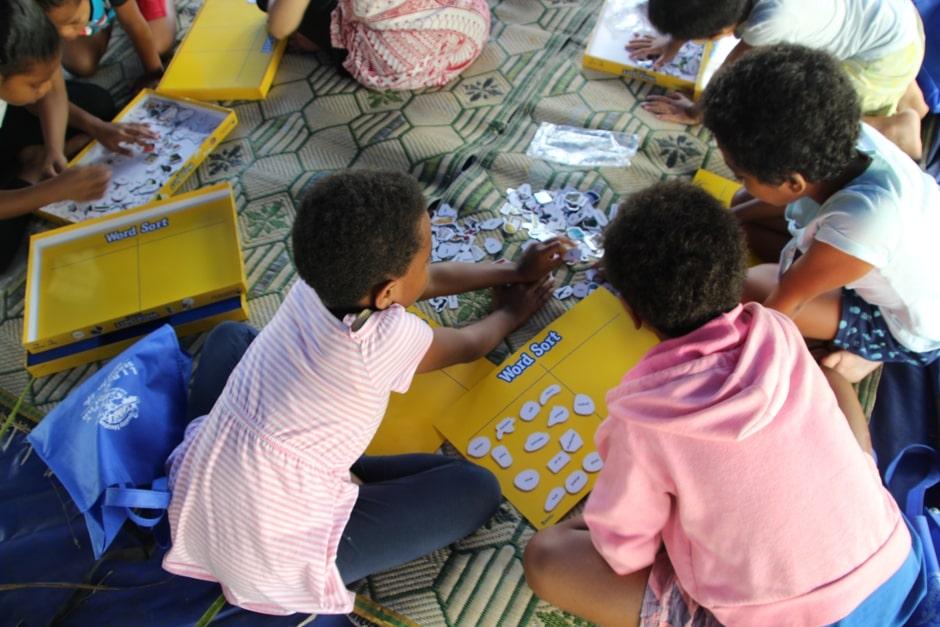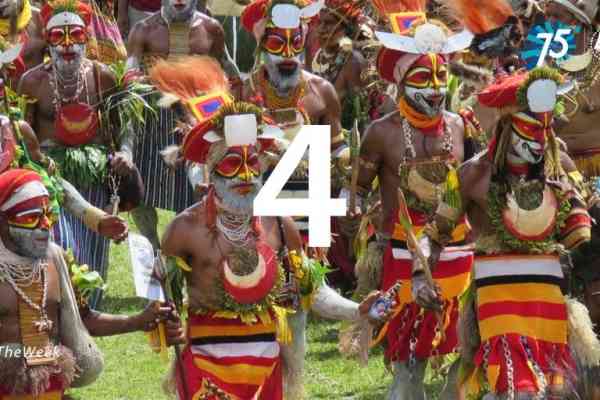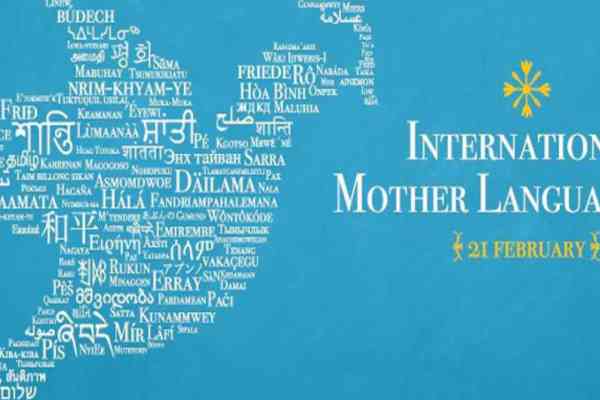Pacific cultures, oral traditions and languages are the mainstay of the region’s way of living and being. The Pacific Way of life and strong oral traditions have been critical to sharing knowledge and culture for generations and therefore education, culture and languages are inseparable.
The Pacific Community’s (SPC) Pacific Islands Literacy and Numeracy Assessment (PILNA) is administered in 10 different languages across 15 participating countries that complements the learning structure in the region, respecting Pacific’s languages as a medium of strengthening the quality of education in the region.
Education curriculums that are, by design, entrenched in local languages and contextualised to their cultures and traditions, empowers the younger generation of Pacific islanders to own education and learning content and know that their voices matter. Measuring literacy via the PILNA in local languages supports those efforts.
PILNA is the Pacific’s largest regional assessment that focusses on the literacy and numeracy proficiency skills of Year 4 and Year 6 students. The assessment provides a measurement of regional standards based on a common scale, giving the Pacific valid and reliable results to inform on the improvement of student learning outcomes over time.
In its 2018 cycle, 40,000 students participated in PILNA, while 2,000 plus teachers and 900 schools across 15 countries worked with EQAP to administer the cycle.
PILNA is administered in local languages in 9 out of the 15 participating countries, including, Cook Islands, Kiribati, Niue, Republic of Marshall Islands, Samoa, Tokelau, Tonga, Tuvalu and Vanuatu.
“Administering PILNA in the local languages is a benefit to the students as they are familiar with the written and oral language used in the classroom and in their assessment, this provides equal opportunity to demonstrate what they know. There is no difference in the performance of students that took the translated test than those that took the English test,” explained Torika Taoi, EQAP’s Large Scale Assessment Team Leader.
Local languages have been incorporated in the PILNA cycle since its initial assessment in 2012 as this was in line with the participating country’s Language Policy and the medium of instruction used in the classroom of the respective schools.
The PILNA team at EQAP have increasingly used latest and available technology to cater for multilingual assessment in Pacific classrooms.
“We have used technology through the translation app to facilitate the multilingual translation process. Translations are all done online. In the past cycle, the test papers are sent (emailed) to the translators, the reconcilers and returned to EQAP through strict protocol,” said Taoi.
In addition to the translation app, the 2021 PILNA cycle will be publishing a web-based report, when compared to a print report in the previous cycles, making it more accessible and interactive to the relevant stakeholders.
The use of technology to strengthen multilingual learning is in line with the theme of this year’s International Mother Language Day, “Using technology for multilingual learning: Challenges and opportunities”.
“PILNA is a Pacific example that highlights the role of technology to advance Pacific languages and support the development of quality teaching and learning for all, in line with 2022’s Mother Language Day theme,” Taoi added.
PILNA is led by EQAP with strong technical support from the Australian Council for Educational Research (ACER) and funding support from the Australian and New Zealand governments through its international development programs.
The 2021 PILNA cycle report will be published digitally during the International Literacy Day celebrations on September 8, 2022.


